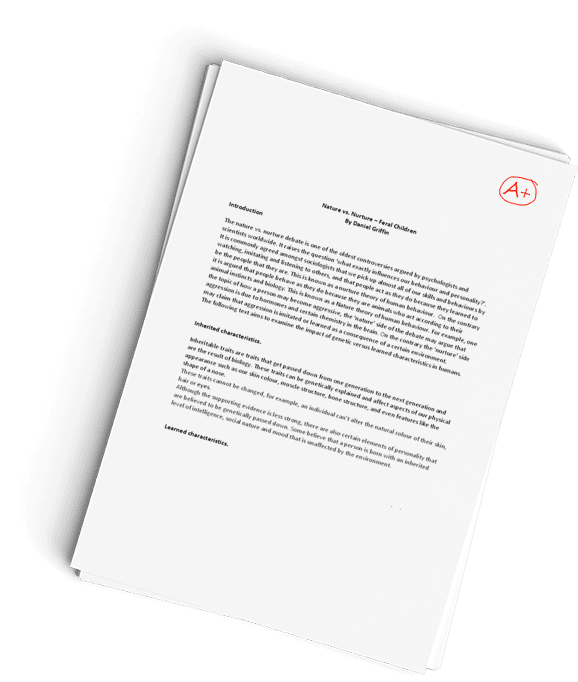What are the similarities between graft versus host disease and graft rejection
You are conversing with an adult patient with chronic myelogenous leukemia about his imminent bone marrow transplant. He has already been given some informational materials, and he attended a family meeting where medical team members explained the surgery and any possible side effects. He has been warned that transplant rejection or graft versus host disease (GVHD) are risks, but he is unable to tell the difference.
Do connections exist between graft rejection and graft versus host disease?
I would inform him that the autoimmune system attacks the body in both conditions. Namely, transplanted organs and tissues. Although neither condition can be prevented, there are steps that can be taken to lessen the risk. If this occurs, treatment options include corticosteroids, immunosuppressive medicines, and other immune-suppressing substances. 2018 (Conrad).
What are the pathophysiologic distinctions between graft rejection and graft versus host disease?
Both have a complicated pathophysiology that involves several interactions between the transplant recipient’s and donor’s immune cells. When graft versus host disease (GVHD) occurs, the recipient’s tissues are attacked by the donor’s immune cells. The recipient’s immune system assaults the transplanted tissue in graft rejection, however.
After a protracted process, GVHD finally results in donor T cells responding to HLAs found in host cells. 2018 (Conrad).
GRAFT REJECTION, which similarly involves a protracted phase of T-lymphocyte activation along a pathway typically used for foreign substances, culminates with CD8+ killing the graft. (2012) Norris.
How may these variations show up in a therapeutic setting?
With GVHD, symptoms, including skin rash, liver issues, and digestive symptoms like nausea and diarrhea, would start to appear during the first 100 days of the transplant. (2012) Norris.
The symptoms of transplant rejection differ depending on the organ. However, there would also be a general unease, unpleasant feeling, or discomfort. Several other symptoms could also appear, including fever, body aches, flu-like symptoms, and pain or swelling around the affected organ. (MedlinePlus, na)
Research has revealed that mild to moderate GVHD has a protective impact on cancer patients who have received a bone marrow transplant. Can you interpret these facts in light of what you have learned?
GVHD is a condition in which the immune system of the donor attacks the tissues of the recipient. Then, if a patient has a bone marrow transplant and their body responds to it in this way, it might be marginally helpful. The immune cells of the donor may assault the recipient’s malignant tissues, according to the notion behind mild to moderate GVHD having a protective impact.
References
Norris, T. L. (2012). Lippincott CoursePoint for Norris: Porth’s Pathophysiology. [CoursePoint]. Retrieved October 1, 2020, from https://coursepoint.vitalsource.com/#/books/9781975101145/
MedlinePlus. (na). Transplant rejection: MedlinePlus Medical Encyclopedia. Retrieved October 1, 2020, from https://medlineplus.gov/ency/article/000815.htm
Conrad, D. (2018, February 23). Graft Versus Host Disease Symptoms, Prognosis & GVHD Treatment. Retrieved October 03, 2020, from https://www.medicinenet.com/graft_versus_host_disease_gvhd/article.htm (Conrad, 2018)
Perkey, E., & Maillard, I. (n.d.). New Insights into Graft-Versus-Host Disease and Graft Rejection. Retrieved October 03, 2020, from https://www.annualreviews.org/doi/full/10.1146/annurev-pathol-020117-043720 (Perkey & Maillard, n.d.)
ORDER A PLAGIARISM-FREE PAPER HERE
We’ll write everything from scratch
Question 
An adult patient with a chronic myelogenous leukemia sits down with you to discuss his questions and concerns about his upcoming bone marrow transplant. He has already received some educational materials and participated in a family conference during which health team members described the procedure and potential complications. He has been told that he has a risk of graft rejection or graft versus host disease (GVHD), but he does not understand the distinction (Chapter 12, Learning Objectives 1, 2, 10, 11).

What are the similarities between graft versus host disease and graft rejection
What are the similarities between graft versus host disease and graft rejection?
What are the pathophysiologic differences between graft versus host disease and graft rejection?
How would these differences be manifested clinically?
Studies have shown a protective effect of mild to moderate GVHD in cancer patients who have had a bone marrow transplant. Based on your understanding, can you explain these findings?
Instructions:
Your primary post should be at least 200 words long and should include reference to the textbook or another course resource using APA 7th edition format. Your primary post is due by Wednesday at midnight ET.
"Place your order now for a similar assignment and have exceptional work written by our team of experts, guaranteeing you A results."







